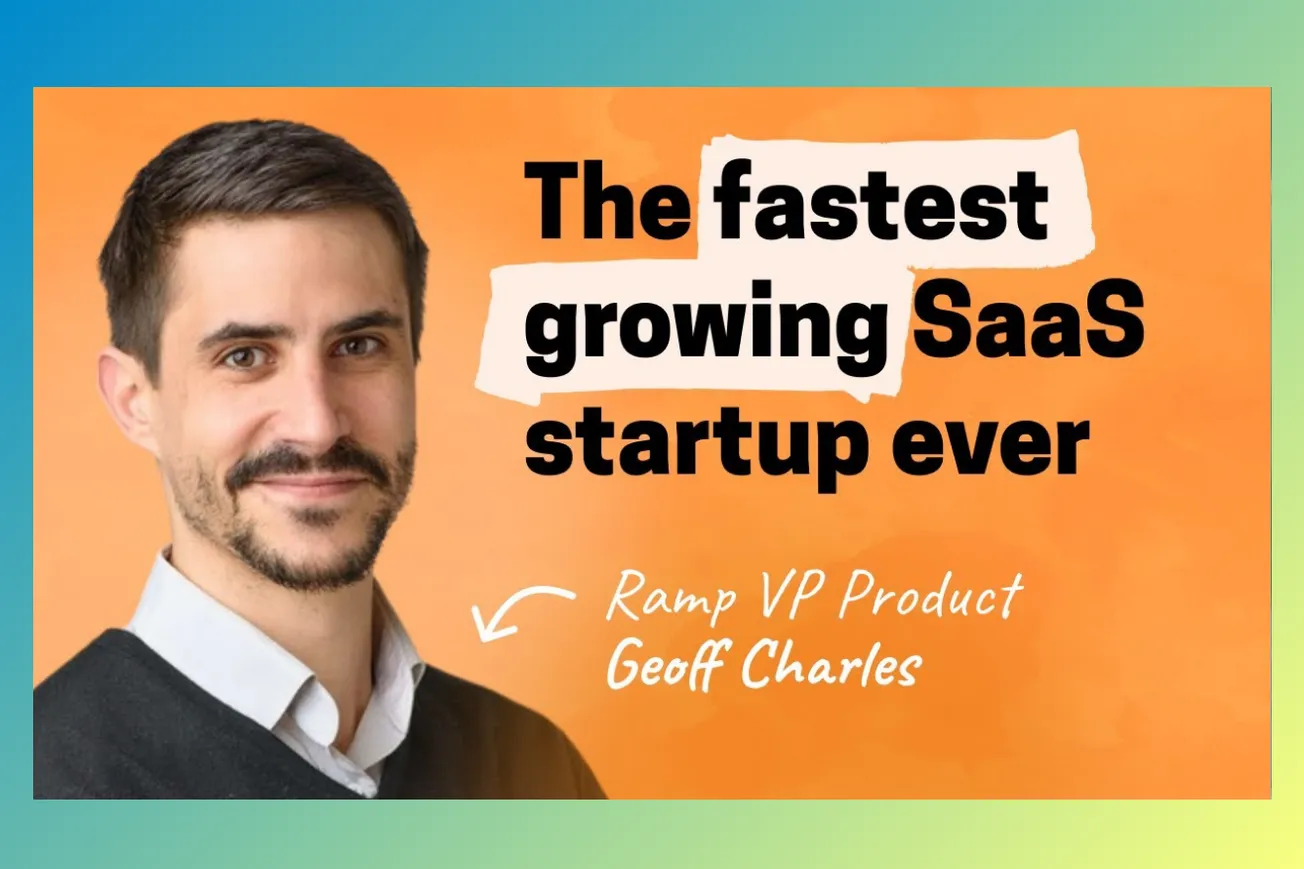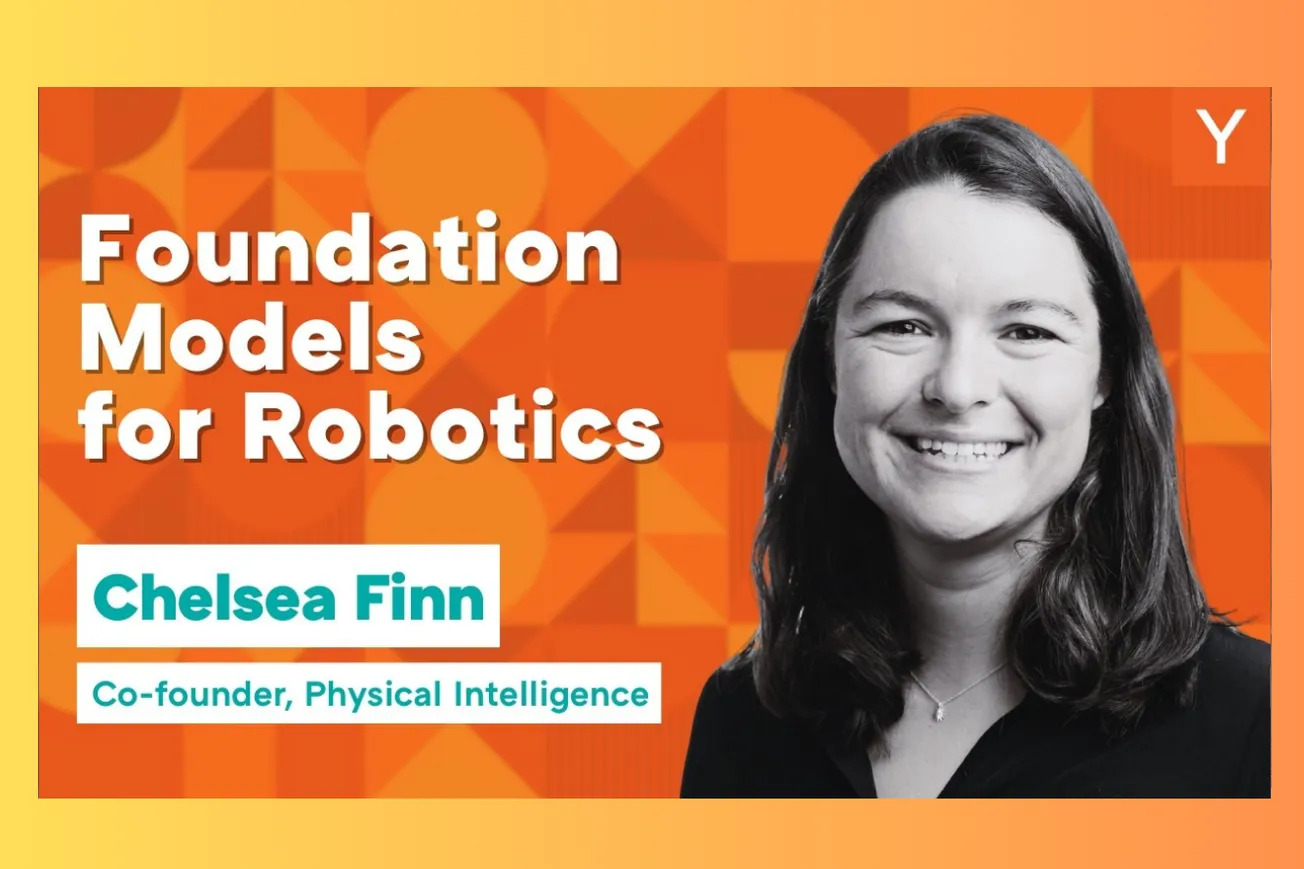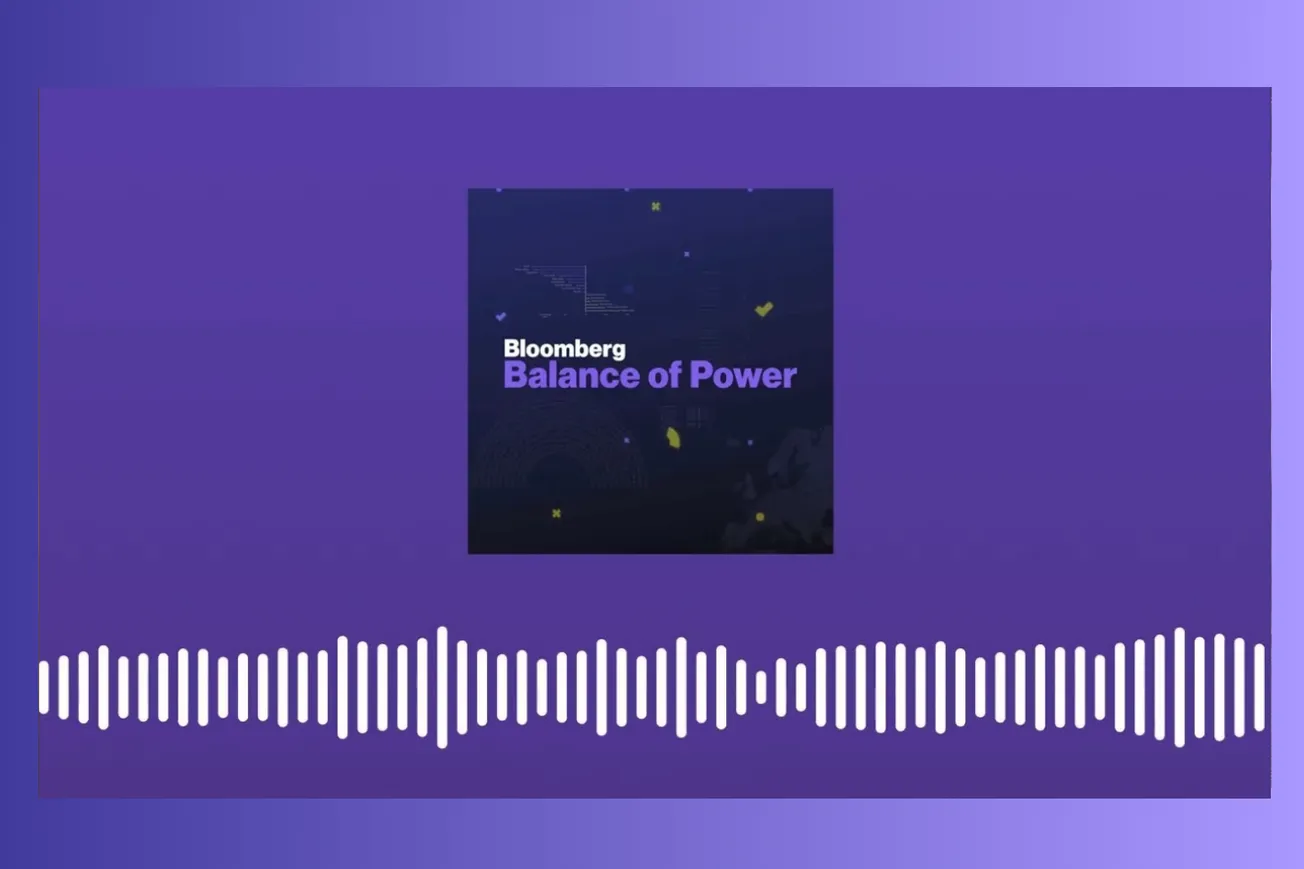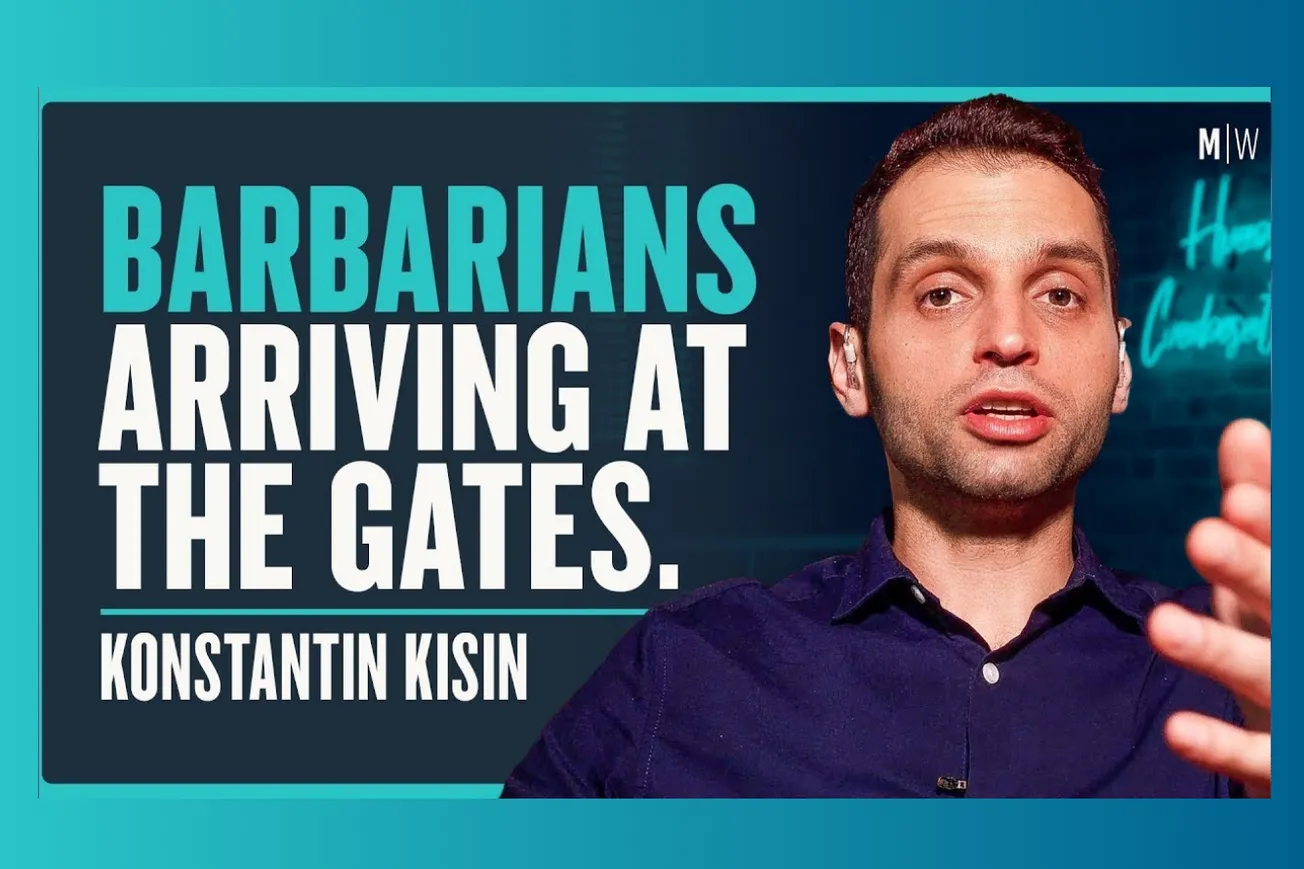Table of Contents
Geoff Charles reveals how Ramp achieved the fastest growth in SaaS history through radical velocity culture, single-threaded teams, and empowering A+ engineering talent to think like product managers.
Ramp reached $100 million in annual revenue faster than any SaaS company in history with just 50 R&D employees, proving that velocity isn't just about moving fast—it's about building the right culture for breakthrough execution.
Key Takeaways
- Velocity culture requires eliminating meetings, status updates, and bureaucratic processes that prevent teams from focusing on building and shipping products
- Single-threaded teams with one clear goal, shielded from organizational chaos, can compete with public companies using minimal resources and tight timelines
- Empowerment works through context sharing rather than micromanagement—align on goals, hypotheses, and data interpretation while letting teams determine solutions
- A+ engineering talent thinks like product managers, caring about business outcomes and customer impact rather than just completing technical specifications
- Writing crystallizes thinking and enables first-principles problem-solving when pattern matching from past experience doesn't apply to unique business challenges
- Support teams reporting to product creates accountability feedback loops where every customer ticket represents a product failure requiring immediate attention
- Quality increases with velocity when teams can rapidly iterate and fix issues rather than waiting for lengthy review cycles
- Lofty goals become achievable when backed by market comparables, inspiring design prototypes, and revenue-driven motivation that energizes rather than overwhelms teams
Timeline Overview
- 00:00–04:49 — Introduction: Geoff's background and transition from consulting to product management at Ramp during pandemic growth phase
- 04:49–06:20 — Ramp Overview: Finance automation platform serving 15,000 businesses with $10 billion in analyzed spending and fastest SaaS growth trajectory
- 06:20–08:50 — Velocity Culture: How velocity drives hiring, promotion, decision-making, and organizational design as core competitive advantage during market opportunity window
- 08:50–13:20 — Single-Threaded Teams: Building competitive products against MX and Expensify with 3-6 month timelines using small focused teams shielded from distractions
- 13:20–15:17 — Lofty Goals: Using market comparables and inspiring design prototypes to motivate ambitious targets while maintaining realistic execution expectations
- 15:17–17:37 — Team Empowerment: Context over control philosophy requiring alignment on goals, hypotheses, and data interpretation rather than prescriptive solution management
- 17:37–19:55 — Management Evolution: Building trust through strategy contracts and weekly goal publishing that enables teams to self-direct while highlighting one-way decisions
- 19:55–21:19 — Product Design Process: Structured review process for large initiatives with beta-to-GA decision gates where leadership provides strategic input
- 21:19–23:07 — Feedback Systems: Voice of customer processes tracking NPS, CSAT, operational burden, and confusion metrics with automatic assignment to responsible engineers
- 23:07–24:15 — Quality Management: No bug backlog policy with immediate fixes and blocking new features when customer confusion metrics exceed acceptable thresholds
- 24:15–29:29 — Velocity Implementation: Advice for product managers facing velocity pressure including investment in A+ talent, elimination of status meetings, and clear trade-off communication
- 29:29–32:33 — Burnout Prevention: How velocity creates flow states and prevents burnout through meaningful impact rather than bureaucratic friction and endless meetings
- 32:33–37:54 — Planning Philosophy: Moving from monthly quarterly planning consuming 33% of time to bi-annual one-pagers focused on accuracy only for high-value initiatives
- 37:54–40:55 — Strategy Framework: Pod-level strategy documents covering goals, hypotheses, unique positioning, metrics, initiatives, risks, and long-term outcomes for empowered execution
- 40:55–42:46 — Unique Positioning: Software component reuse strategy enabling bill payments expansion by leveraging existing money movement, accounting integration, and risk processes
- 42:46–44:53 — OKR Approach: Avoiding product-level OKRs in favor of roadmap contracts while using OKRs for cross-functional initiatives and financial planning alignment
- 44:53–48:53 — First Principles Thinking: Ramp's unique business combining credit, payments, software, PLG, and enterprise requiring fundamental thinking rather than pattern matching
- 48:53–51:46 — Writing for Clarity: Using paper-based question frameworks to think through scalability problems without googling solutions or relying on past experience
- 51:46–54:05 — Deep Work Time: Friday planning sessions and weekend philosophy time protected by calendar blocks and phone-only emergency access policies
- 54:05–57:15 — Task Management: Meeting-based task capture system with daily grooming for tactical grouping and strategic separation plus headspace optimization for processing
- 57:15–60:30 — PM Leverage: Forcing other roles to think like PMs, investing in product operations, and eliminating low-leverage work like ticket writing
- 60:30–61:46 — PM Responsibilities: Team building across reporting structures, protecting teams from stakeholder chaos, and serving as central coordination point for pod needs
- 61:46–66:02 — A+ Talent Identification: Engineers who care about market winning, understand business context, execute independently, set pace, and proactively improve products
- 66:02–67:33 — Hiring Philosophy: Prioritizing impact hunger and deep thinking ability over experience since unique business model requires first-principles problem solving
- 67:33–68:46 — Career Advice: Breaking into product management through adjacent roles like product operations, business operations, or solution engineering that demonstrate customer and product understanding
- 68:46–70:37 — Final Insights: Early talent investment compounding effects and importance of empowered engineering teams as foundation for all velocity culture success
The Velocity Culture Foundation
Ramp's extraordinary growth story—reaching $100 million in annual revenue in two years with just 50 R&D employees—stems from a fundamental commitment to velocity as an organizing principle. This isn't the typical startup claim of "moving fast." Ramp operationalized velocity across every aspect of their organization.
- Small teams built competitors to publicly traded companies (MX, Expensify) in 3-6 month cycles with minimal resources
- Accounts payable product launched with three engineers, one designer, one PM in three months, now processing billions annually
- Velocity drives hiring decisions, promotion criteria, and organizational design rather than being an aspirational value
The key insight: velocity enables positive talent selection because high-performers want to join companies that actually ship. It also de-risks decision-making since low-cost reversible choices can be made quickly without extensive analysis.
Single-Threaded Team Architecture
Ramp's approach to team structure prioritizes focus over coordination. Single-threaded teams have one goal, one thread of execution, and protection from organizational distractions.
Implementation requires several protective layers:
- Rotational production engineering programs shield core teams from bugs and escalations
- Product operators handle documentation, release management, enablement, and customer requests
- Teams get dedicated office space and operate with minimal external communication until finding product-market fit
- Big bets involve pulling people from different teams into new sub-organizations without existing product responsibilities
This approach works because most people cannot execute extremely well on multiple priorities simultaneously. The architecture forces radical prioritization while enabling deep focus on meaningful outcomes.
Context Over Control Management
Traditional product management involves prescriptive solution specification. Ramp inverts this model by emphasizing upstream alignment on goals, hypotheses, and data interpretation while empowering teams to determine implementation approaches.
The framework operates through clear contracts:
- Strategy and roadmap agreements become the primary management interface rather than detailed feature specifications
- Weekly goal publishing enables peer review and cross-team learning
- One-on-ones focus on context sharing and risk identification rather than status updates
- Teams surface one-way decisions requiring leadership input while maintaining execution autonomy
This management style requires building trust over time and works best with senior talent who can think strategically about business outcomes rather than just completing assigned tasks.
Quality Through Rapid Iteration
Counter-intuitively, Ramp's research aligns with developer productivity findings that quality increases with velocity. Fast iteration cycles enable quick problem identification and resolution rather than accumulating technical debt through slow release processes.
Quality controls include:
- Voice of customer processes where every negative review reaches responsible team members monthly
- NPS and CSAT reporting with operational burden metrics normalized by user volume
- Direct bug assignment to on-call engineers who feel the pain and can leverage velocity to solve problems
- No bug backlog policy—every surfaced issue gets immediate attention
The system works because teams can rapidly fix issues rather than managing extensive backlogs of known problems that compound over time.
First-Principles Problem Solving
Ramp's unique business model—combining credit card risk management, payments infrastructure, software development, PLG, and enterprise sales—requires thinking from first principles rather than pattern matching from previous experiences.
This manifests in several ways:
- Support team reports to product rather than operations because every support ticket represents product failure
- Hiring criteria emphasizes thinking ability over specific experience since the business model hasn't been done before
- Strategy documents start with fundamental questions about goals and hypotheses rather than copying competitor approaches
- Writing processes help crystallize thinking on problems that can't be solved through googling existing solutions
The approach demands intellectual humility from experienced hires who must set aside previous expertise to understand Ramp's specific context and challenges.
Empowering Engineering Excellence
Ramp's velocity culture depends fundamentally on A+ engineering talent that thinks like product managers rather than just implementing specifications. This requires significant cultural and process adaptations.
A+ engineers demonstrate:
- Business context understanding and curiosity about company revenue and customer needs
- Proactive execution without requiring management oversight or constant specification guidance
- Market-winning mindset that drives competitive urgency and customer impact focus
- Initiative in customer communication channels, bug fixing, and product improvement beyond assigned tasks
This culture creates management challenges when engineers disagree with product or design decisions, but the benefits of engaged, empowered talent outweigh coordination difficulties.
Strategic Planning Without Bureaucracy
Ramp evolved from expensive quarterly planning consuming 33% of organizational time to bi-annual one-pagers focused on high-level company priorities. This transition reflects their core insight about accuracy costs.
Planning investment focuses on:
- Large market moments requiring product, marketing, and sales coordination
- Financial planning with clear ownership for each revenue lever
- Strategy documents at the pod level covering goals, hypotheses, metrics, initiatives, and risks
- Roadmap contracts between leadership and teams rather than detailed feature specifications
The approach recognizes that accuracy has costs and should only be increased for decisions where precision creates significant value. Most execution can remain autonomous and somewhat chaotic within focused teams.
Writing as Thinking Infrastructure
Geoff's approach to complex problem-solving involves paper-based writing exercises that force clear thinking before researching external solutions. This process proved crucial for scalability challenges few companies have successfully navigated.
The methodology involves:
- Shutting down digital devices and writing questions simply at the top of paper
- Spending time thinking through answers independently before reading existing solutions
- Using writing to communicate clearly across remote teams during COVID-era growth
- Building brand and hiring advantages through content that demonstrates thinking quality
Writing creates thinking capacity rather than just capturing existing ideas. It enables first-principles analysis of unique problems that don't have established solutions in the market.
Hiring for Impact and Depth
Ramp's hiring philosophy prioritizes hunger for impact and deep thinking ability over specific experience or pattern matching. This approach enables them to identify talent that can contribute to their unique business model.
Key evaluation criteria:
- Strong desire for impact evidenced by previous achievements or job-switching motivations
- Deep decision-making ability tested through extensive exploration of past trade-offs and reasoning processes
- Preference for candidates leaving bureaucratic environments seeking velocity and building opportunities
Experience matters less than fundamental capabilities because Ramp's business model requires novel approaches rather than replicating established patterns from other companies.
Common Questions
Q: How do you maintain quality while moving so fast?
A: Quality increases with velocity because rapid iteration enables quick problem identification and resolution. We implement quality controls like voice of customer processes, immediate bug assignment, and blocking new features when confusion metrics exceed thresholds.
Q: How can other companies implement velocity culture without burning out teams?
A: Velocity prevents burnout by eliminating bureaucratic friction and enabling flow states. The key is removing meetings, status updates, and distractions while ensuring teams work on meaningful problems they care about solving.
Q: What's the difference between Ramp's approach and typical "move fast" startup culture?
A: We operationalize velocity through specific practices: single-threaded teams, context over control management, protective layers around core teams, and systematic elimination of low-leverage work rather than just encouraging speed.
Q: How do you handle conflicts when empowered engineers disagree with product decisions?
A: We prefer engineers who challenge thinking over those who accept directions without question. This creates management complexity but results in better decisions and faster learning when teams debate goals, hypotheses, and data interpretation.
Q: What's the most important factor in building A+ engineering teams?
A: Early talent investment with exclusive focus on hiring the best people before optimizing for product strategy or revenue. The initial team creates compounding effects that attract subsequent high-caliber hires through reputation and referrals.
Conclusion
Ramp's success demonstrates that breakthrough growth requires more than good products or market opportunities—it demands systematic cultural design that enables rapid execution. Their approach works because they've aligned every organizational element around velocity while maintaining quality through fast feedback loops. Companies seeking similar results must commit to the cultural trade-offs that enable empowered teams to operate with minimal friction and maximum impact.
Practical Implications
- Reorganize teams around single goals with dedicated resources rather than shared responsibilities across multiple initiatives
- Replace status meetings with asynchronous goal publishing and focus face-to-face time on collaboration and decision-making
- Implement context-over-control management by aligning on strategy and roadmap contracts while empowering solution determination
- Create protective layers around core teams through rotational programs and product operations roles that handle low-leverage work
- Establish quality feedback loops with voice of customer processes and immediate bug assignment rather than managing extensive backlogs
- Invest heavily in A+ talent acquisition before optimizing product strategy, focusing on impact hunger and deep thinking over specific experience
- Use writing exercises for complex problem-solving by starting with paper-based question frameworks before researching external solutions
- Eliminate accuracy requirements for low-value decisions while maintaining precision only for high-impact coordination moments
- Build hiring processes that identify engineers who care about business outcomes and customer impact beyond technical execution
- Structure support teams under product ownership to create accountability where every customer issue represents a product improvement opportunity
- Establish clear trade-off communication with leadership rather than trying to accomplish everything simultaneously
- Create calendar protection for deep work time with phone-only emergency access during designated thinking blocks





